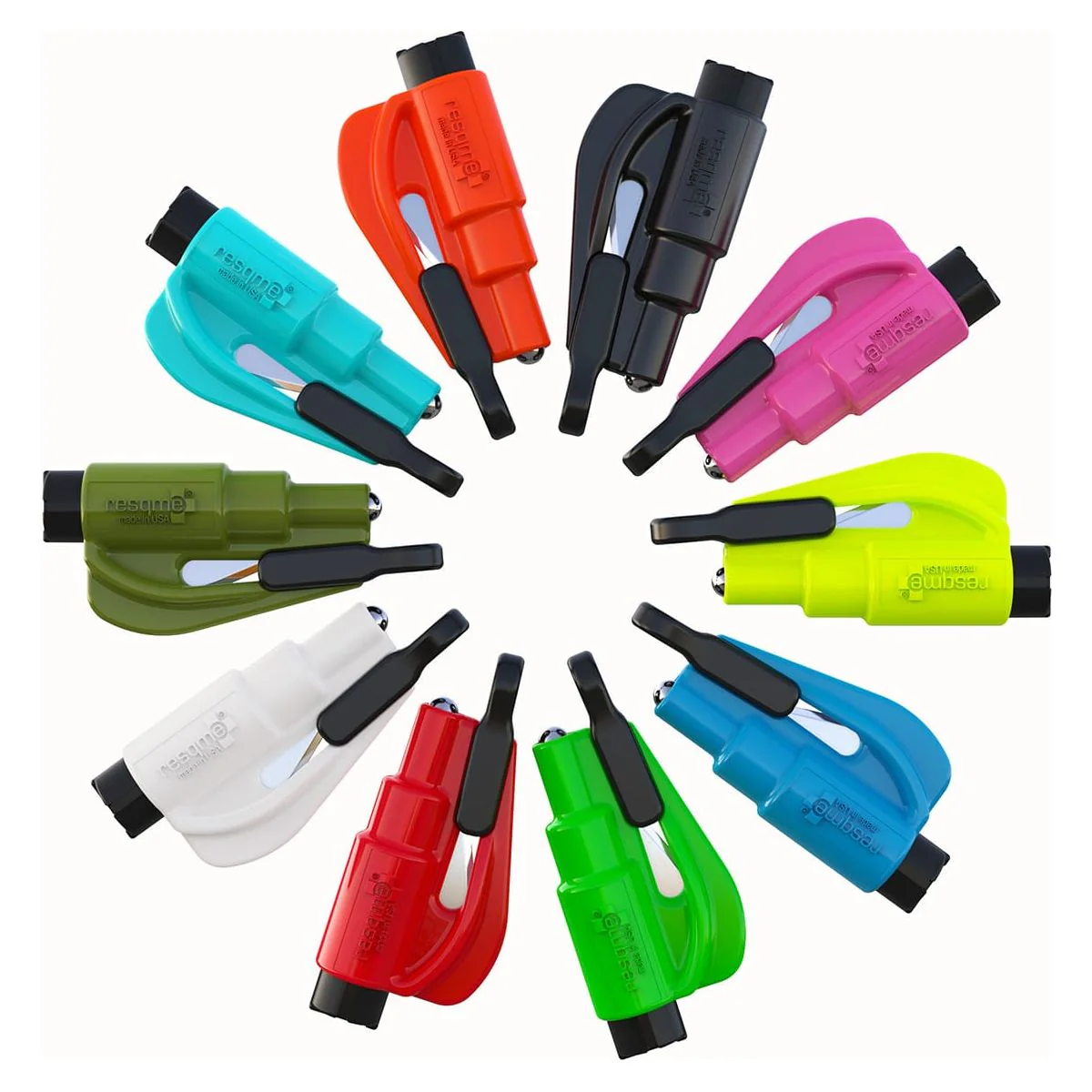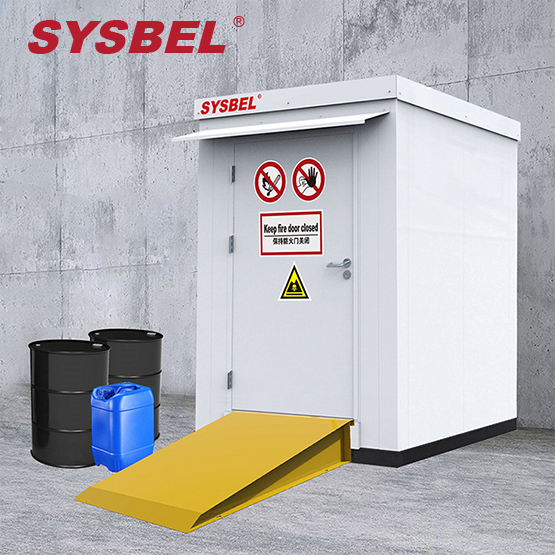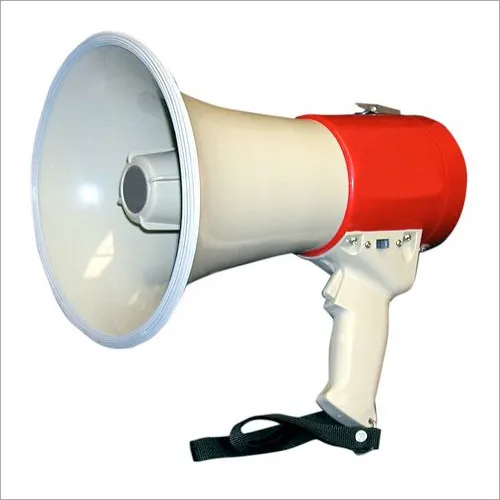Effective firefighting necessitates quick response, the appropriate tools, and a thorough comprehension of fire safety regulations. The type of fire, the surrounding conditions, and the resources at hand all influence the most effective firefighting strategy. People can contribute to the safe and effective control or extinguishment of flames by using the appropriate firefighting apparatus and safety tools.
Understanding Fire Types and ClassesBefore attempting to fight a fire, it's essential to understand the type of fire you're dealing with. Fires are categorized into five classes, each requiring specific methods for extinguishing:
Class A : Ordinary combustibles like wood, paper, and cloth.
Class B : Flammable liquids such as gasoline, oil, or solvents.
Class C : Electrical fires involving live wires or electrical equipment.
Class D : Combustible metals, including magnesium, potassium, and sodium.
Class E : Cooking oils and fats, commonly found in kitchens.
To effectively manage each sort of fire, specific safety measures and firefighting equipment are needed. For instance, Class A flames can be put out using water-based extinguishers, whereas Class B and Class C fires could need foam or CO2 extinguishers. To prevent making matters worse, always make sure you use the appropriate fire extinguisher for the type of fire.
Key Fire Fighting Equipment and Safety Tools
Having the right fire fighting equipment is critical for both safety and effectiveness.
Here are some essential tools and equipment that can help fight a fire:
Fire Extinguishers – The most common and essential fire fighting tool. Fire
extinguishers come in various types, each suited to different fire classes. Always
ensure you have the appropriate extinguisher for the potential fire hazards in your
environment.
Fire Blankets – These are used to smother small fires, particularly cooking
fires. Fire
blankets are designed to quickly cover the fire and cut off the oxygen supply, which is
necessary to stop the flames.
Fire Hose Reels – For larger fires, fire hose reels provide a continuous supply
of water
to douse the flames. These are commonly found in commercial buildings, industrial areas,
and public spaces.
Fire Sprinklers – Installed in buildings, fire sprinklers automatically release
water
when heat from a fire is detected. They are an effective preventative measure and can
help minimize damage until emergency services arrive.
Fire Safety Tools – These include equipment like fire axes, hoses, helmets,
gloves, and
fire-resistant clothing that protect firefighters and individuals from the dangers of
fires.
The Best Approach to Fighting a Fire
When faced with a fire, always prioritize safety. Here’s a step-by-step approach to handle a fire
- Alert Others: Immediately call emergency services or fire departments. Notify people in the vicinity to evacuate the area.
- Assess the Fire: Determine the size and type of fire. If it’s small and manageable, use the appropriate fire extinguisher or safety tool. Never attempt to fight large or spreading fires without professional help.
- Fight the Fire Safely: Aim the fire extinguisher at the base of the flames and use a sweeping motion. For larger fires, activate fire hose reels or sprinkler systems. Always maintain a safe exit route while fighting the fire.
- Evacuate if Necessary: If the fire is uncontrollable, evacuate the building or area immediately. Ensure all exits are clear, and do not attempt to fight the fire unless you are trained and equipped to do so safely.
Prevention and Preparedness The best way to fight a fire is to prevent it from occurring in the first place. Regular maintenance of fire and safety tools, fire drills, and proper fire safety education are key to ensuring you’re prepared if a fire does break out. Having the correct fire fighting equipment readily available can make a significant difference in minimizing damage and ensuring safety.
Conclusion
Knowing the type of fire, utilizing the right tools, and putting safety first are all
necessary when fighting a fire. You can guarantee a safer environment for yourself and
other people by keeping the appropriate fire and safety equipment on hand and being
proficient in its use. When in doubt, always remember to leave the firefighting to the
experts and evacuate.
 teknowfeed
teknowfeed


